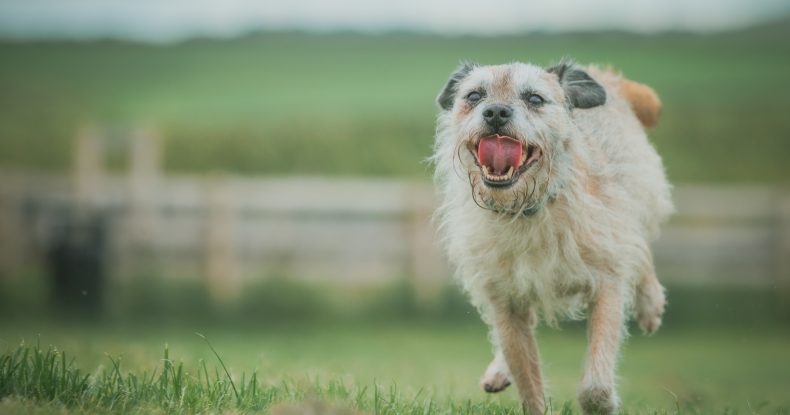Walking your dog should be one of life’s simple pleasures, *|FNAME|*
The fresh air, exercise, and bonding time are beneficial for both of you. However, if your dog is reactive to other dogs, people, or traffic, walks can quickly become stressful and challenging.
But don’t worry, because with the right techniques, you can manage and drastically minimise the reactivity, making walks enjoyable again.
Recently, I held the first ‘Beyond the Bark’ Reactive Dog Workshop, where we explored the foundations of rehabilitation and tackled various forms of reactivity, from barking and lunging through excitement to growling and aggressive behaviour through fear.
No matter what the reactivity, I tend to find that everyone’s goal is the same:
“I just want to enjoy our walks without worrying about reactivity.”
In the midst of the problems, it’s easy to forget the positives, but whether it’s easy or difficult, remember: You will get there.
I thought it would be useful to share some of the things I focused on with my dogs through their reactivity and how these three things alone have got me out of many a sticky situation.
Hopefully these tips will help you along the way, too:
- Use Distraction Techniques: Don’t hesitate to use food or toys to distract your dog. Despite what others might say, this isn’t bribery. Try to think of it more as preventing the practice of the undesirable behaviour. Keep using your distraction techniques and minimise the reactions as much as possible.
- Stay Calm and Confident: It’s true that dogs pick up on their owner’s emotions. Whilst easier said than done sometimes, if you remain calm and confident, your dog is less likely to become anxious or reactive in trickier situations. Sometimes this can become a vicious cycle and you’ve become anxious because of your dogs unpredictable nature or reactions, but your behaviour will continue to impact your dog’s, so work on staying relaxed as possible, during your outings.
- Maintain Distance: Keeping a safe distance from triggers is responsible, not avoiding the problem. As I mentioned in point 1. Preventing the reactivity should be top priority. Don’t be afraid to cross the street or change your route if needed. You can gradually decrease the distance as your dog becomes more comfortable.
A prime example of these methods being successful, is when I took Dot on a social walk. After extensive training to help her avoid and ignore other dogs, her reactivity had significantly decreased.
During the walk, an off-lead dog approached us.
I followed my own advice: first, I stayed calm. The dog got close enough that Dot could have reacted and bitten it.
But because we had implemented an anti social protocol, just as she was thinking about what to do next, I distracted her with a handful of treats and the experience remained positive
Success!
With regular training, desensitisation, and maintaining distance from triggers, you can help your dog become more comfortable and confident on walks.
Stay calm and proactive, and remember I’m here to help if you need it.
Speak soon,
Claire
